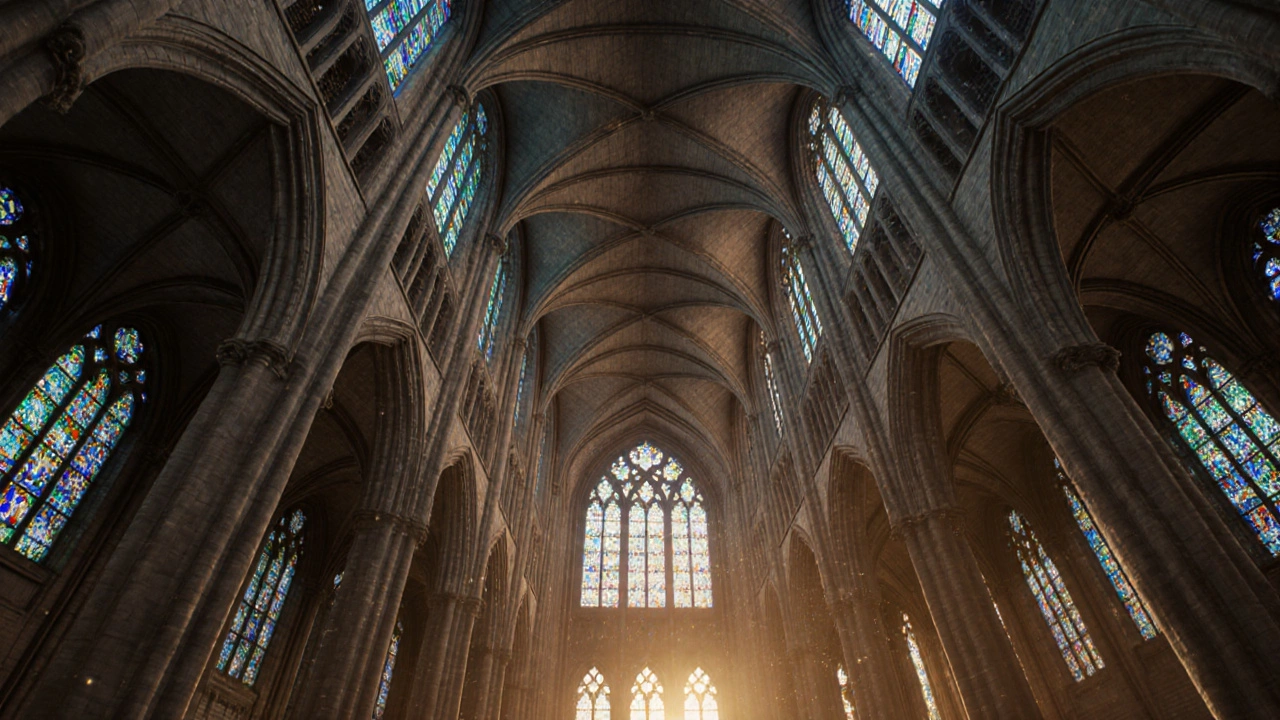Medieval Engineering: Innovations That Shaped the Middle Ages
When studying medieval engineering, the practice of designing and building structures from the 5th to the 15th century. Also known as Middle Ages engineering, it combined craft, mathematics, and emerging materials to solve real‑world problems. This field intersects with Gothic architecture, the soaring cathedral style that relied on pointed arches and ribbed vaults, Roman engineering, the ancient techniques of arches, aqueducts, and concrete that were revived and adapted, and Byzantine architecture, the east‑Roman blend of domes and decorative mosaics. Together they drove structural innovation, new ways to span space, support weight, and create light‑filled interiors across Europe. The cross‑pollination of these traditions meant that a builder in 12th‑century France could borrow a Roman arch, apply a Gothic rib, and finish a dome with Byzantine ornamental flair—all under the umbrella of medieval engineering.
Key Themes in Medieval Engineering
One core idea is that medieval engineering encompasses structural innovation; every new vault, flying buttress, or stone‑pier was a response to the challenge of reaching higher ceilings while keeping walls stable. The era also required Roman engineering skills—especially the mastery of the true arch—to move massive stone blocks and create durable bridges. Gothic architecture, with its emphasis on verticality, pushed engineers to refine load distribution, leading to the iconic flying buttress that became a hallmark of cathedrals like Chartres. Meanwhile, Byzantine architects contributed sophisticated dome construction methods, which medieval builders adapted for regional churches in the Balkans. These inter‑relationships form a network: medieval engineering ↔ Roman engineering (provides foundational arch technology), medieval engineering ↔ Gothic architecture (drives vertical innovation), and medieval engineering ↔ Byzantine architecture (offers dome expertise). The synergy of these entities enabled feats such as the ribbed vault of Durham Cathedral and the massive stone aqueducts that supplied water to monasteries. Each breakthrough was not a lonely invention but a blend of borrowed knowledge, local material constraints, and the relentless desire to inspire awe.
Understanding these connections helps you see why the buildings of the Middle Ages still feel modern— they were built on the same principles that shape today’s skyscrapers. Below you’ll find a curated set of articles that dive deeper into each theme, from the physics of a pointed arch to the cultural reasons behind a Byzantine dome. Explore the collection to discover how medieval engineers turned stone into storytelling, and how their legacy continues to influence contemporary design.

Gothic Architecture - How Art Meets Engineering in Medieval Cathedrals
Explore how Gothic architecture blends soaring stone engineering with vibrant art, from flying buttresses and rib vaults to stained‑glass marvels, and see its lasting impact on modern design.
Read more